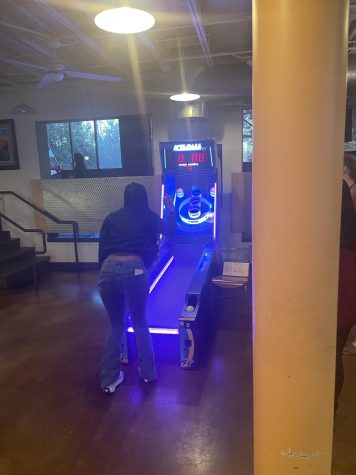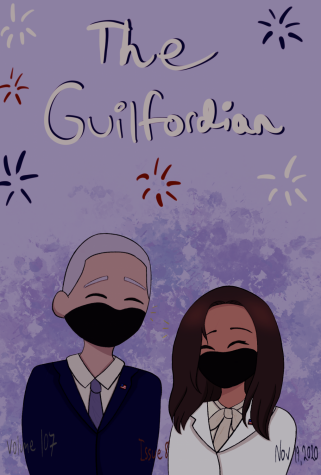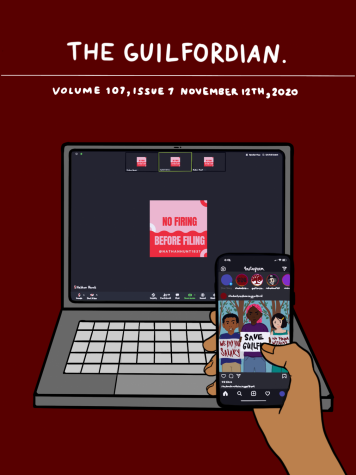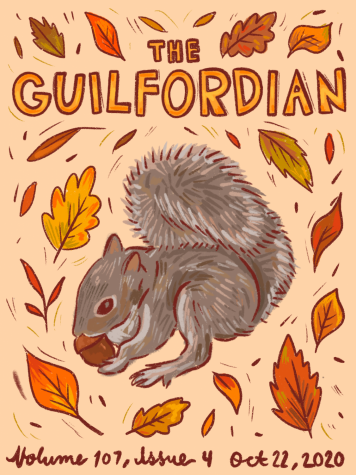Research shows how roller coasters may help pass kidney stones
Famous Disney World roller coaster, Big Thunder Mountain, made headlines on Sept. 14 after a study was done linking the ride to the passing of kidney stones. The study won the Ig Nobel Prize awarded to ten notable scientific achievements every autumn.
Research began several years ago when a patient at Michigan State University Olin Health Center reported passing kidney stones after riding the coaster. Doctors then began conducting research to attempt to better understand the ride’s role in how the stones pass.
“My guess is pressure changes crushing the stone,” said University of North Carolina at Greensboro graduate student Janiese Ward. “The elevation causes the pressure to increase and the sudden drops causes the stones to expand and contract until they break apart.”
Kidney stones are made up of salts and other minerals in the urine that stick together. Movement of the stones through the urinary tract can cause severe abdominal pain, nausea, vomiting, and painful urination.
Passing kidney stones is excruciatingly painful for patients, but the stones passed quickly after the ride. In 2016, a study was done that took 20 models of kidneys with stones on to Big Thunder Mountain to see if the stones passed. It was found that the success rate was higher in the back of the ride than in the front. If riding roller coasters can make the stones pass less painfully, should doctors utilize theme parks for treatment?
“Probably not because that does not sound reliable unless they want to create a kidney stone treatment theme park specifically designed for treatment,” said Early College student Kassidy McFeeley.
Another question brought up by the research is what makes rides like Big Thunder Mountain more likely to have this effect than more thrilling rides such as Space Mountain.
“The jostling and movement caused by the roller coasters allow smaller kidney stones to dislodge themselves from the outer ducts of the kidneys and towards the ureter,” said Early College student Advika Kumar. “Making it possible for these stones to pass before they become larger and more painful.”
Most of the time, staying well hydrated and taking a minor pain reliever is enough for the stone to pass independently. However, if the stones sit along the walls of the kidneys, they could become larger and more painful. Utilizing roller coasters for kidney stone passing allows subjects to enjoy the experience of an amusement park while also potentially saving patients money used for medical appointments for stones.
“I think doctors should look into this method because it could potentially save patients a lot of pain and discomfort,” said Kumar. “As well as cut back on potential medical expenses caused by complications from larger kidney stones.










